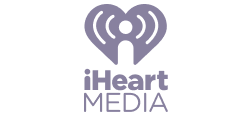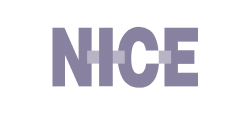How to Write an Event Planning Proposal (+Templates)
Learn how to draft an event planning business proposal, with tips on the best event proposal outline, format, and event planner proposal templates.


Learn how to draft an event planning business proposal, with tips on the best event proposal outline, format, and event planner proposal templates.
Short answer
An event planning proposal is a document event planners, coordinators, or managers create for potential clients. It clearly presents the event’s details, shares your vision, and aims to convince the client to approve the plan and move forward with the event.
It serves as both an overview of the logistics and a way to showcase your expertise.
Who is an event proposal for?
An event proposal is created by event planners to pitch their services to clients, sponsors, or stakeholders. It’s used to showcase their expertise, outline logistics, and prove they can deliver a seamless event.
What are the goals of an event proposal?
An event proposal aims to win clients by demonstrating expertise, reliability, and a clear event vision. It outlines the event’s concept, logistics, and budget while addressing potential challenges.
A well-made proposal convinces decision-makers that the planner is the best choice to bring the event to life.
What assets do I need before writing an event proposal?
Before writing an event proposal, gather key details: client requirements, event goals, venue options, budget estimates, and past event case studies.
Strong visuals, such as mood boards or past event photos, can also enhance credibility. The more concrete details you have, the more persuasive your proposal will be.
NOTE: If you don't want to learn how to create an event planning proposal and just want to see examples, go see our guide containing the best event proposal examples. And, if you're looking for a sponsorship proposal for an event, check out our proven sponsorship proposal examples and a guide on how to write a sponsorship proposal.
What to cover in your event details
Describe the venue options—are you going for a sleek, modern space or a historic gem with loads of character?
Next, get them excited about the experience. Whether it’s hands-on workshops, inspiring speakers, or an unforgettable performance, these are the moments that will keep people talking long after the event ends.
Now, let's talk logistics—what suppliers are you working with? Catering, AV teams, stage setup—these details matter because they show how well-organized and thought-out your event is.
Don’t forget to mention any event policies, like ticketing rules or cancellation policies. These details help manage expectations and show that your event is well-organized from start to finish.
Stop losing opportunities to ineffective presentations.
Your new amazing deck is one click away!




















